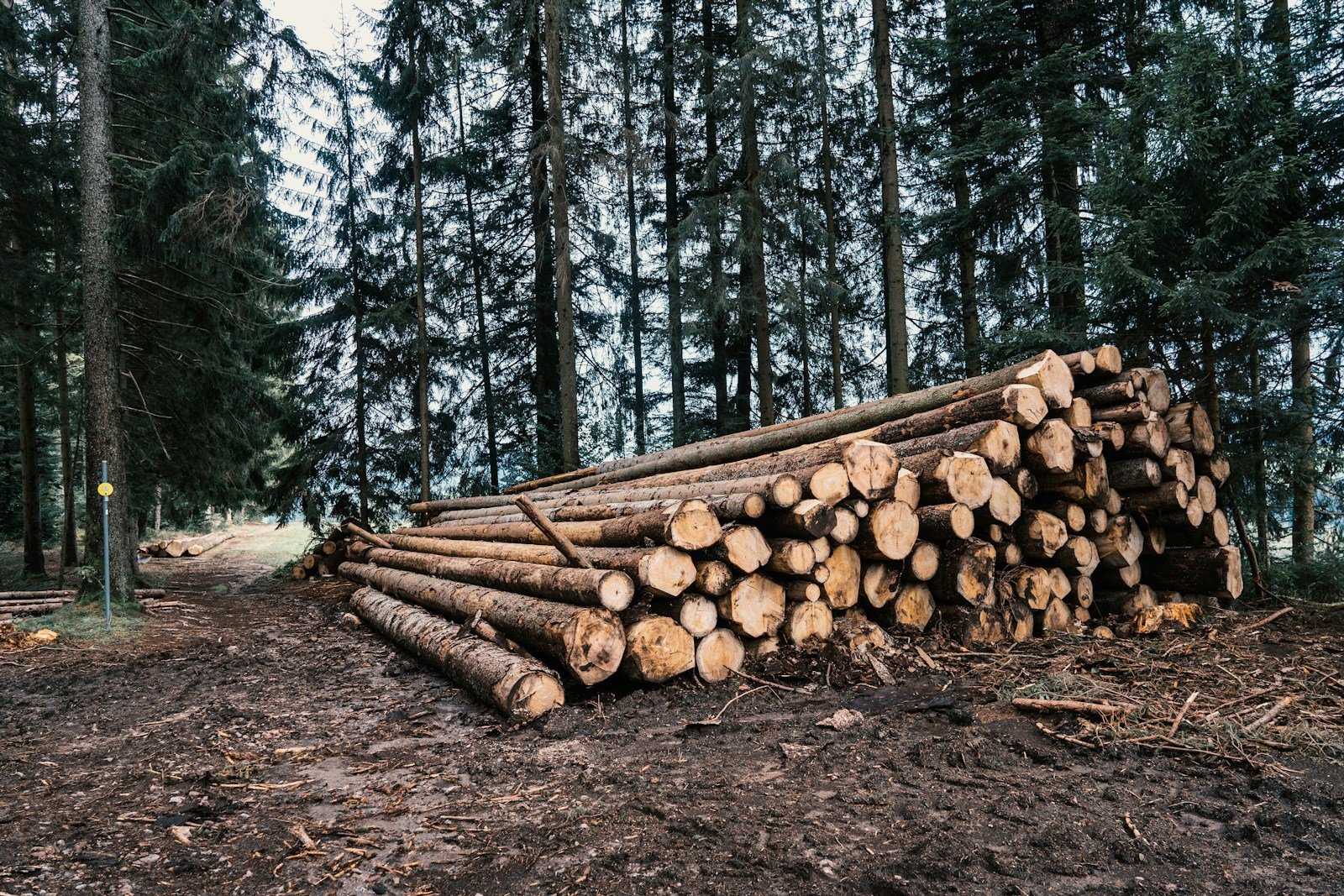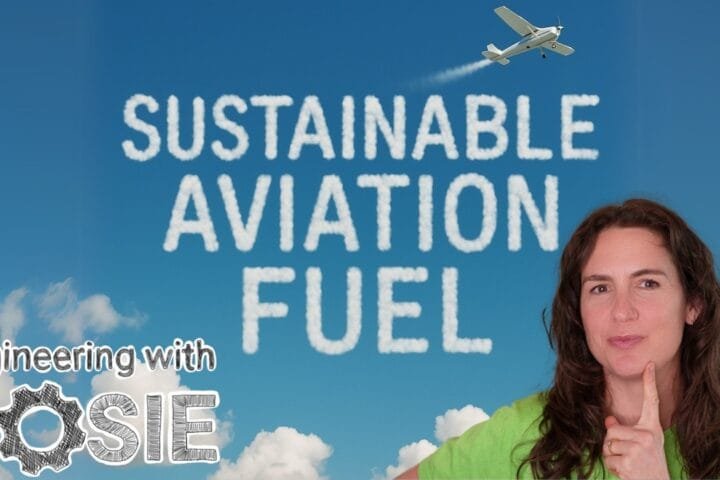Summary
- The third international conference on negative CO2 emissions discussed various methods of removing carbon dioxide from the atmosphere and its role in fighting climate change
- Forestry, bioenergy with carbon capture and storage, soils, biochar, and marine CO2 removal were among the techniques discussed at the conference
- While “conventional” CDR methods dominate current efforts, “novel” methods like biochar and BECCS have the potential for significant CO2 removal
- Monitoring, reporting, and verifying the effectiveness of CDR technologies remains a significant challenge
- Scientists emphasized the need for responsible scaling up of carbon dioxide removals alongside urgent action to combat climate change
Hundreds of scientists gathered in Oxford last week to discuss the many different ways of removing carbon dioxide from the atmosphere and the role it can play in tackling climate change.
The third international conference on negative CO2 emissions focused on the latest science, policy gaps and methods of carbon dioxide removal (CDR). (Carbon Brief also reported from the first conference in Gothenburg in 2018.)
Discussions ranged from the potential of different technologies to the need to avoid CDR methods drawing attention away from emissions reductions.
Around 360 scientists, researchers, industry representatives and other stakeholders attended the four-day event at the University of Oxford, along with more than 150 people online.
Talks centred on the “natural” and “novel” ways to take CO2 from the atmosphere and store it on land, underground or in the ocean.
Carbon Brief attended the conference to report on the dozens of plenaries and parallel sessions that focused on a wide range of issues around CO2 removal.
[...]
Read the full post at Carbon Brief.





